Last friday, on 29th June, the Portuguese Air Force organized, for the first time, a spotter's day. This gave to the portuguese community of plane spotters the rare opportunity of take some photographs inside of a military base - in this case, Beja's air base, located in the south of the country. Actually, it was the first time that this occured, since the spotter's day organized in 2002 was part of the Nato Tiger Meet military exercise - which also took place in Beja.
The Portuguese Air Force must be congratulated for the excellent reception gaven to the spotters: during all the day, we were moved from one area to the another in order to assure the best conditions for photograph the aircraft (angles, sun light, etc.); we were able to visit the front line of every squadron and assist to the preparation of some missions with Alpha-Jet and Epsilon aircrafts; finally, along with the Alouette III helicopters and Alpha-Jet and Epsilon aircrafts assigned to the 552, 101 and 103 Sqd. based in Beja, the air base recieved the rare visit of a C-130 transport aircraft, a P-3P maritime patrol aircraft and two F-16 A/B OCU fighters. In addition, the acrobatic teams Asas de Portugal (Alpha-Jet) e Rotores de Portugal (Alouette III) made their train for the exhibition of saturday.
For instance, this was the begining of a new relationship between the Air Force and the portuguese plane spotters. As an aviaton enthusiast, I must give my acknowledge for the great day that I had at Beja - it was one of the best visits that I ever made to an air base, including those that I made as a reporter.

A F-16B OCU (15118) from 201 Squadron "Falcões", based at Monte Real, arrives to Beja after a flight with the winner of a television contest. A monoplace (F-16 A, 15112, with low-viz marks) also took part of this special mission.
 The impressive demonstration of the Asas de Portugal, here flying their two Alpha-Jet A in a close formation and at high speed.
The impressive demonstration of the Asas de Portugal, here flying their two Alpha-Jet A in a close formation and at high speed.
A Alpha-Jet A aircraft arrives from a train mission. The Alpha-Jet fleet is now assigned to 103 Squadron "Caracóis", whose instructors are also pilots of the acrobatic team Asas de Portugal. The other operator, the 301 Squadron "Jaguares", is currently based in Monte Real where operates the modern F-16 MLU.
 A Epsilon from 101 Squadron "Roncos" with a Alpha-Jet in the background. Currently, they are the backbone of the trainning fleet of the Portuguese Air Force.
A Epsilon from 101 Squadron "Roncos" with a Alpha-Jet in the background. Currently, they are the backbone of the trainning fleet of the Portuguese Air Force. The arrival of another Alpha-Jet A, painted with the old wrap around scheme.
The arrival of another Alpha-Jet A, painted with the old wrap around scheme.
The portuguese spotters captured every angle possible of this Alpha-Jet from the Asas de Portugal. Although it was the first time that a spotter's day occured in Portugal, the number of photographers and enthusiasts was very significant, inclunding some well-known portuguese spotters such as Luís Rosa, Jorge Ruivo, Álvaro Gonçalves, Luís Gonçalves, Pedro Becken, Floriano Morgado along with others.
Pedro Monteiro










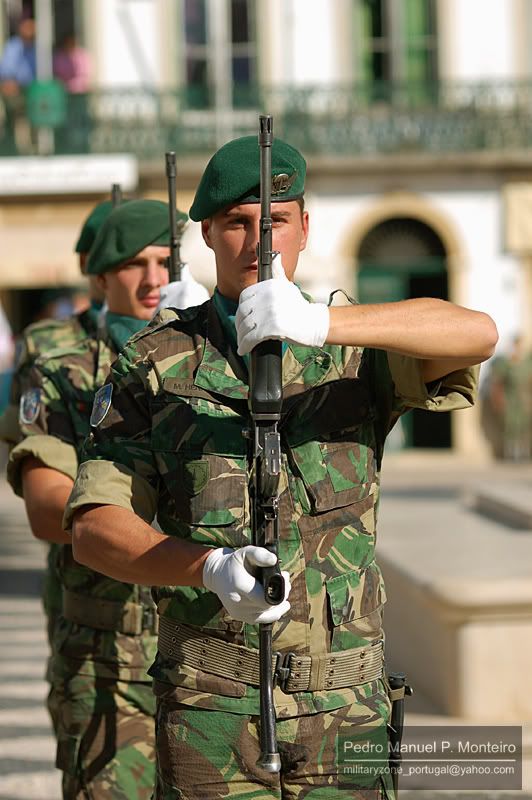
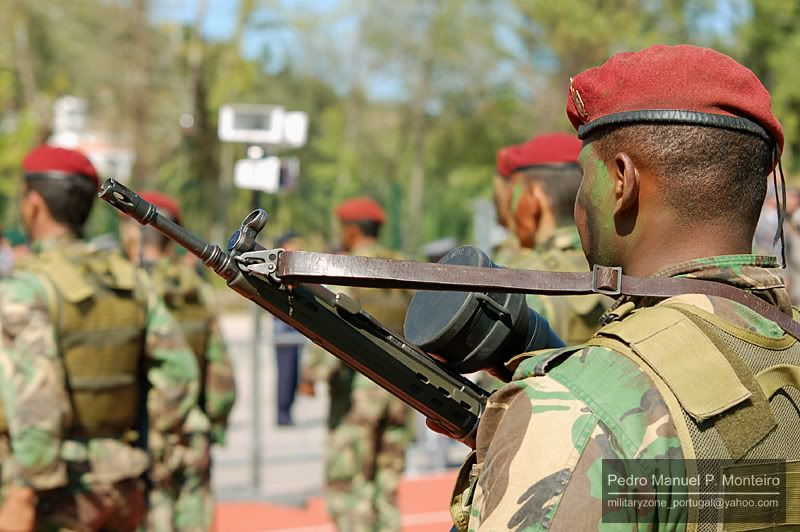
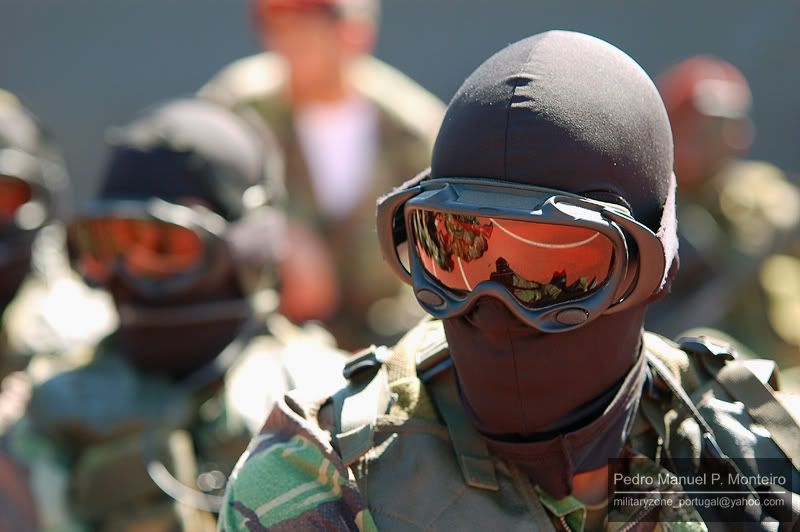
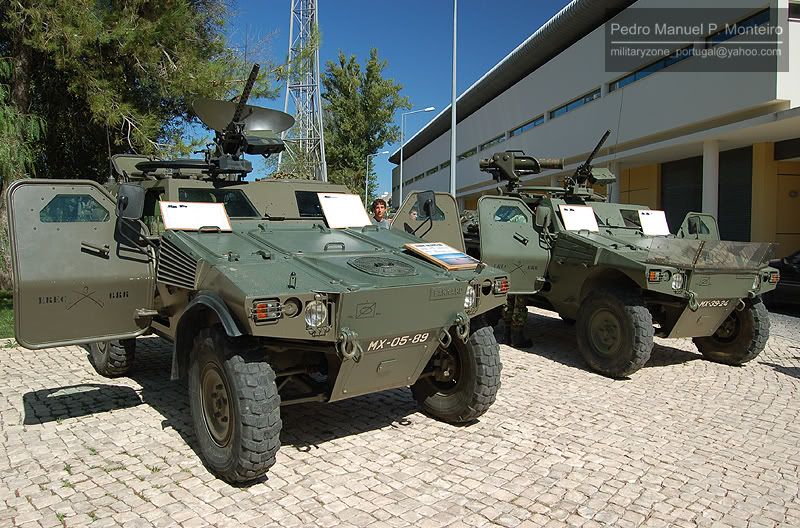 Two french-built Panhard VBL armoured vehicles. They are assigned to the Regimento de Cavalaria nº 3 (3rd Cavalry Regiment), the unit responsible for the reconnaissance squadron of the Brigada de Reacção Rápida. Notice the anti-tank missile Milan and the AN/PPS-5B radar.
Two french-built Panhard VBL armoured vehicles. They are assigned to the Regimento de Cavalaria nº 3 (3rd Cavalry Regiment), the unit responsible for the reconnaissance squadron of the Brigada de Reacção Rápida. Notice the anti-tank missile Milan and the AN/PPS-5B radar.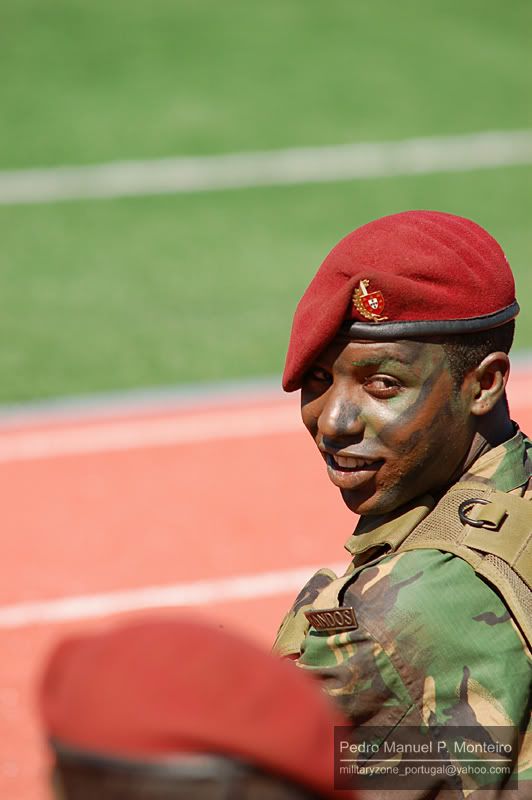
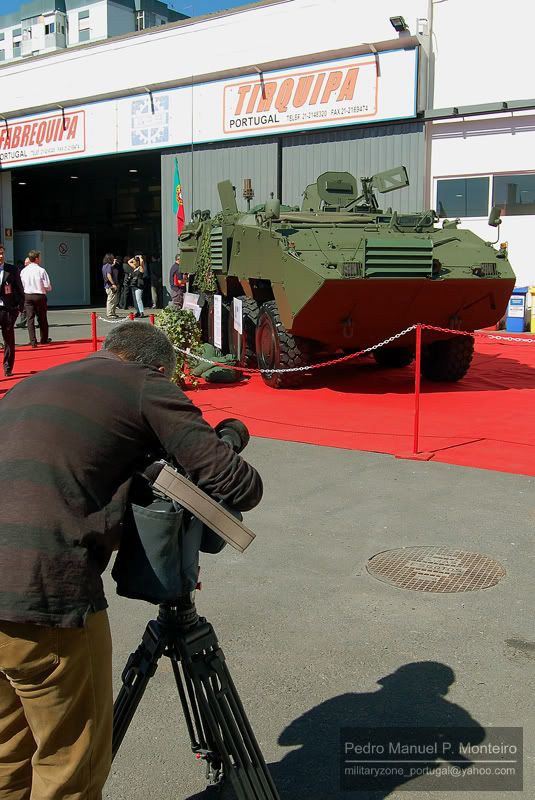
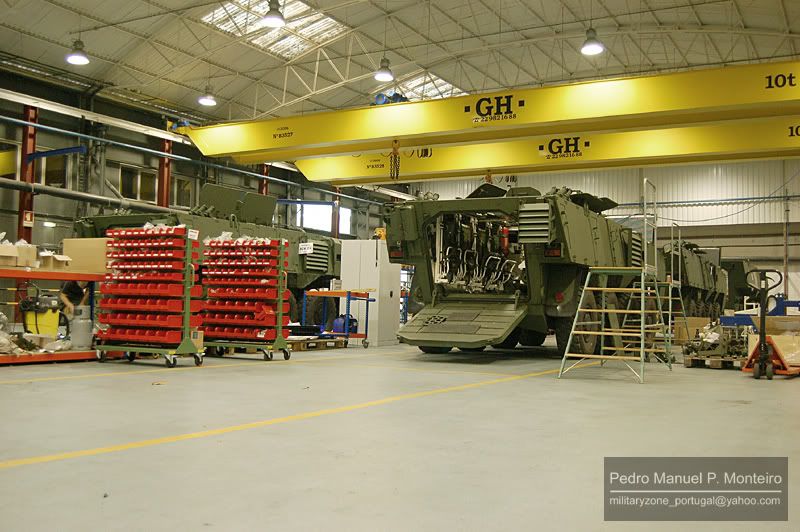
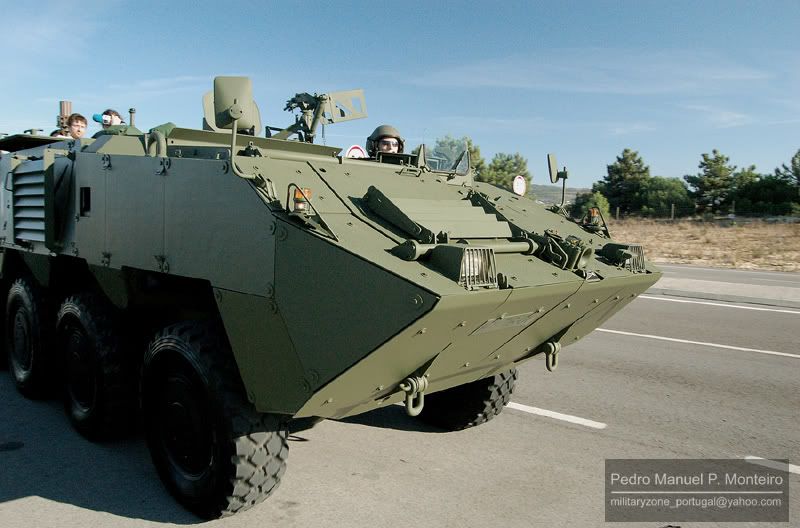

 Capitaine Thomeret's Alpha-Jet after its demonstration.
Capitaine Thomeret's Alpha-Jet after its demonstration.
 The french Alpha-Jet after its flying display - you can see, in the background, the city of Évora.
The french Alpha-Jet after its flying display - you can see, in the background, the city of Évora. A close look at the markings of the aircraft.
A close look at the markings of the aircraft. 

 A Panhard VBL M-11 light armoured vehicle.
A Panhard VBL M-11 light armoured vehicle.  A Chaimite V-200 armoured personnel carrier (APC) has given protection and fire support to the portuguese troops during the exercise. In Kosovo, the portuguese militaries will find nine of these vehicles - the last ones to be dettached in a foreign country.
A Chaimite V-200 armoured personnel carrier (APC) has given protection and fire support to the portuguese troops during the exercise. In Kosovo, the portuguese militaries will find nine of these vehicles - the last ones to be dettached in a foreign country. A look at the flight deck of the USS Dwight D. Eisenhower (CVN 69) shows several models of aircrafts which operate from the warship, such as the case of the E-2C Hawkeye, the A/F-18 E/F Super Hornet and the EA-6B.
A look at the flight deck of the USS Dwight D. Eisenhower (CVN 69) shows several models of aircrafts which operate from the warship, such as the case of the E-2C Hawkeye, the A/F-18 E/F Super Hornet and the EA-6B.  A Super Hornet of the VFA-103 Jolly Rogers.
A Super Hornet of the VFA-103 Jolly Rogers. A long line of Ike's F-18 Hornet fleet. The fighter force of the aircraft carrier has more combat aircrafts than many air forces around the world.
A long line of Ike's F-18 Hornet fleet. The fighter force of the aircraft carrier has more combat aircrafts than many air forces around the world.

 A soviet-build Yakovlev Yak-52 - which is a primary trainer - made a great exhibition on the saturday afternoon. The portuguese pilot pushed the aicraft to its limits and impressed the public.
A soviet-build Yakovlev Yak-52 - which is a primary trainer - made a great exhibition on the saturday afternoon. The portuguese pilot pushed the aicraft to its limits and impressed the public.  The two Alpha-Jet from the Asas de Portugal. The two pilots were also present in the aerodrome for an autograph session.
The two Alpha-Jet from the Asas de Portugal. The two pilots were also present in the aerodrome for an autograph session. A C-212 Aviocar made flights with children during the sunday. In the next year the Portuguese Air Force will receive the first C-295Ms which will substitute this aircraft.
A C-212 Aviocar made flights with children during the sunday. In the next year the Portuguese Air Force will receive the first C-295Ms which will substitute this aircraft.  A classical and impressive Boeing-Stearman N62TS from the Aerofénix museum.
A classical and impressive Boeing-Stearman N62TS from the Aerofénix museum.  A Allouette III with the paint scheme of the Rotores de Portugal. But, contrary to what was announced, they did not make an exhibition during the airshow.
A Allouette III with the paint scheme of the Rotores de Portugal. But, contrary to what was announced, they did not make an exhibition during the airshow.


 The impressive demonstration of the Asas de Portugal, here flying their two Alpha-Jet A in a close formation and at high speed.
The impressive demonstration of the Asas de Portugal, here flying their two Alpha-Jet A in a close formation and at high speed.
 A Epsilon from 101 Squadron "Roncos" with a Alpha-Jet in the background. Currently, they are the backbone of the trainning fleet of the Portuguese Air Force.
A Epsilon from 101 Squadron "Roncos" with a Alpha-Jet in the background. Currently, they are the backbone of the trainning fleet of the Portuguese Air Force. The arrival of another Alpha-Jet A, painted with the old wrap around scheme.
The arrival of another Alpha-Jet A, painted with the old wrap around scheme.

 [Photo taken with a Nikon F65 cammera and a Nikon AF 28-80mm f/3.3-5.6G lens]
[Photo taken with a Nikon F65 cammera and a Nikon AF 28-80mm f/3.3-5.6G lens]




 A M60 A3 TTS main battle tank from the Brigada Mecanizada (portuguese Army's heavy brigade, called Brigada Mecanizada Independente at that time). Portugal recieved about one hundred of these in the 1990s - they replaced the M48 A5 and the remaining M47. The military parade, as in the majority of the last commemorations, did not envolved armoured vehicles.
A M60 A3 TTS main battle tank from the Brigada Mecanizada (portuguese Army's heavy brigade, called Brigada Mecanizada Independente at that time). Portugal recieved about one hundred of these in the 1990s - they replaced the M48 A5 and the remaining M47. The military parade, as in the majority of the last commemorations, did not envolved armoured vehicles.